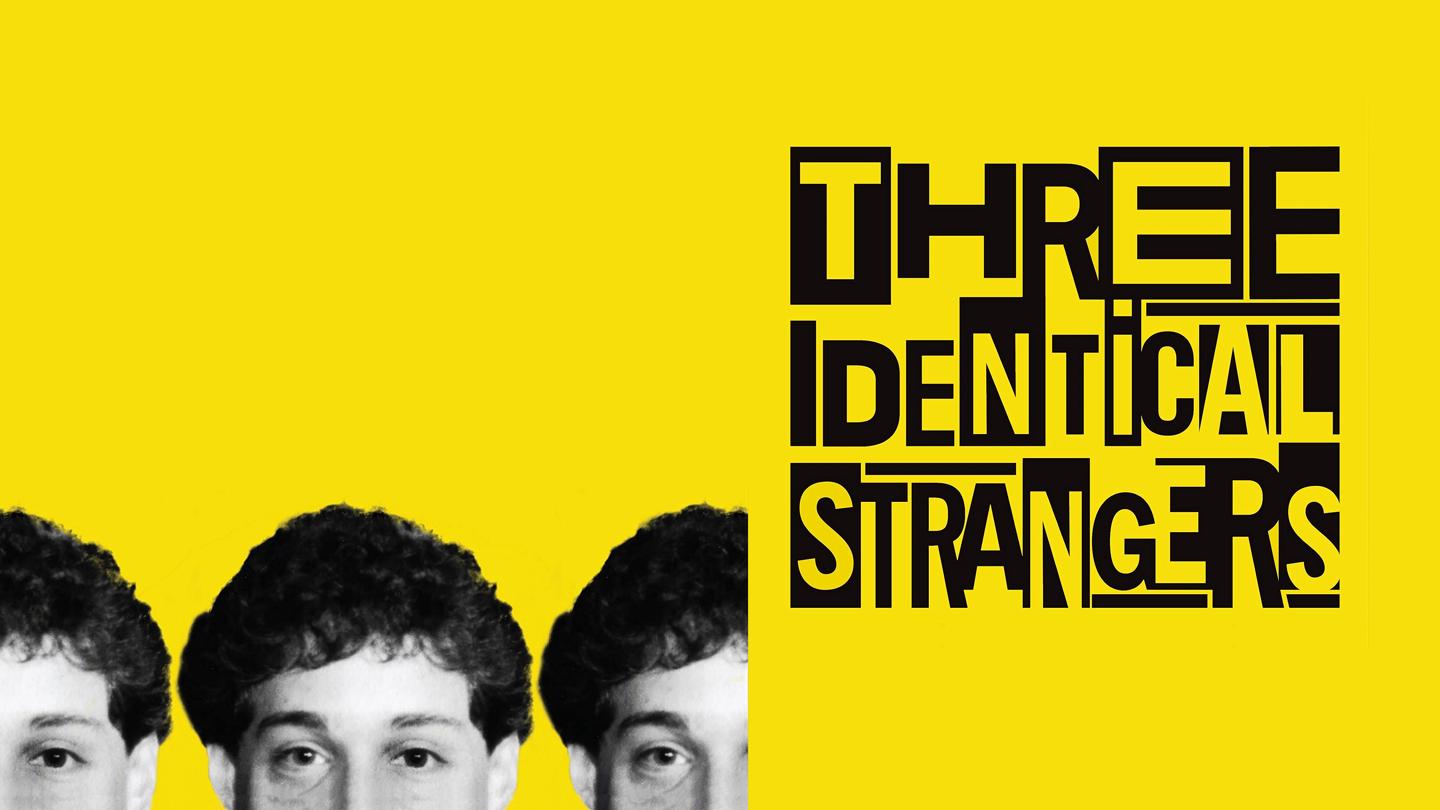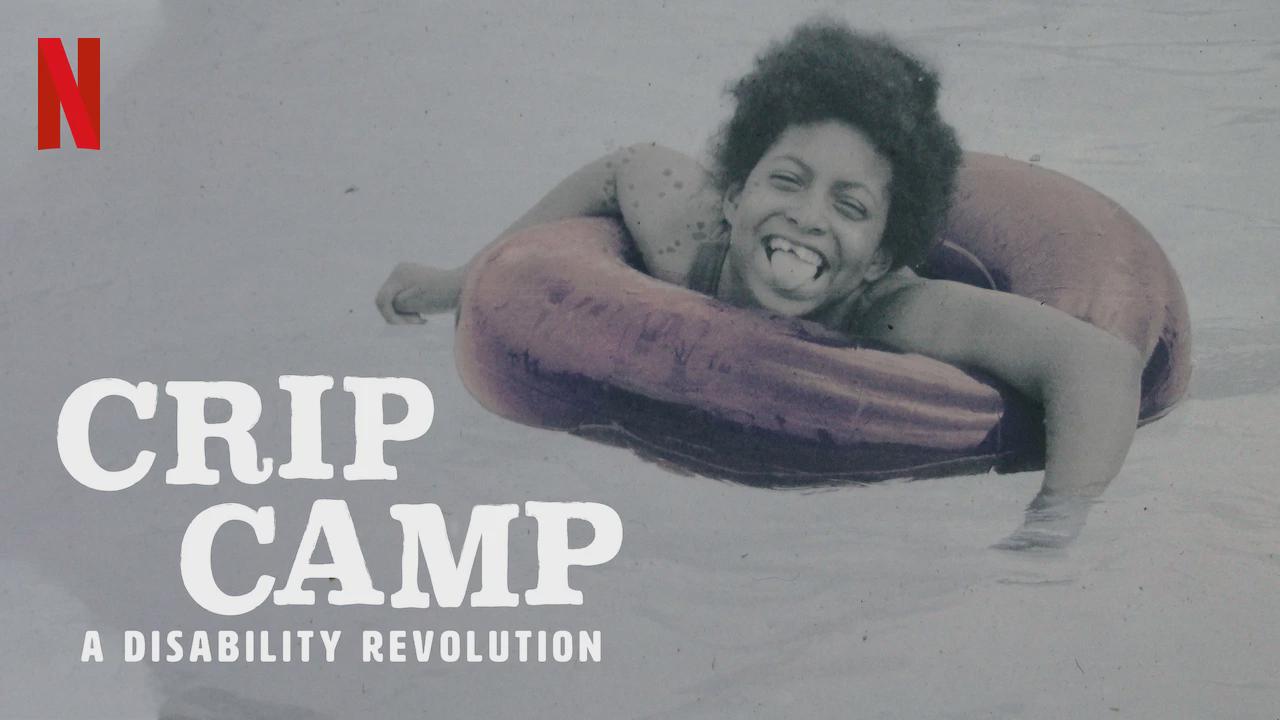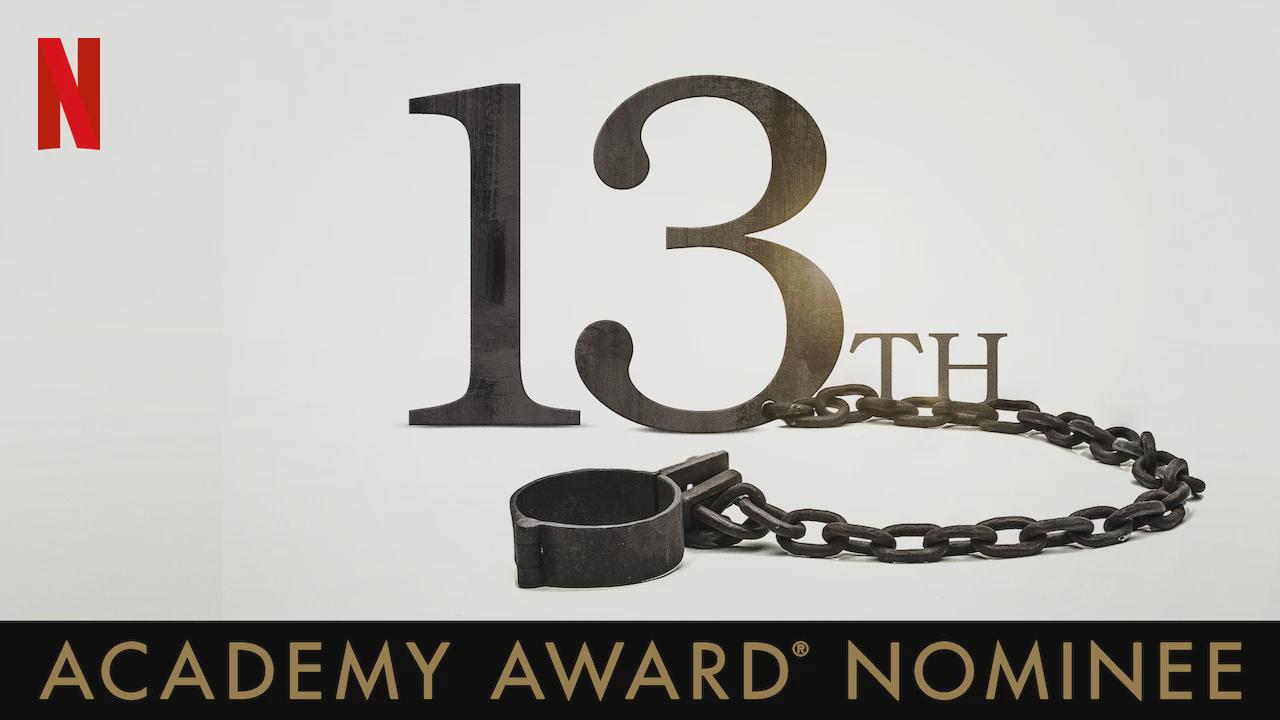Three Identical Strangers

Quick Info
Three Identical Strangers is one of those documentaries that starts off feeling almost too weird to be real. It follows the story of triplets - Bobby, Eddy, and David - who were separated at birth and adopted out to different families, only to reconnect by pure chance in the early 1980s. The first half plays almost like a bizarre urban legend, especially in the way it introduces the triplets and their families with a kind of contagious joy. Seeing the home videos and old news footage of their sudden celebrity is genuinely charming.
Where the film really lands its punch, though, is in its tonal shift about halfway through. Just when you start thinking this is a quirky feel-good story, director Tim Wardle pivots hard. Suddenly, you’re diving into some ethically murky territory about adoption agencies, secret psychological studies, and the lasting scars they’d leave. This switch-up is risky, but it works because it never feels forced. You get the sense that the filmmakers only started asking these bigger, darker questions after meeting their subjects, which gives the whole thing an honest, evolving energy.
Cinematographically, there’s nothing flashy here. Wardle relies on talking heads, archival footage, and a few stylized recreations. Sometimes the reenactments get a little cheesy (especially with actors walking slowly down hallways), but honestly, they’re secondary to the sheer wildness of the true story. I do wish we got a bit more depth visually - the interviews can feel a little boxed in - but the pacing keeps things lively.
On the emotional front, this movie lands hard. The triplets’ families are open and raw about their experiences, and you can practically feel the ache as they start to piece together why their sons’ lives played out as they did. A lot of documentaries try to tug at the heartstrings, but this one does it with simple honesty. Still, you may come away wishing for more insight from the scientists who orchestrated this whole thing. Their glaring absence is frustrating, but maybe intentionally so.
There are a few narrative tricks that don’t quite work. The film sometimes leans heavily on dramatic cliffhangers before commercial breaks, which can make it feel a bit “tv special” at times, even though it’s a movie. Also, the second half is definitely messier than the first, and the web of conspiracy gets a little tangled. Some questions are left deliberately unanswered, which might drive true-crime completists up the wall.
Despite some rough edges, Three Identical Strangers is compulsively watchable, well-constructed, and brimming with real moral thorniness. It won’t give you all the closure you might want, but it’ll absolutely get you thinking - and probably debating with whoever you watch it with. If you like your documentaries with a heavy dose of “wait, WHAT?,” this is a good one to queue up.
The R8 Take
Three Identical Strangers is a wild, unsettling ride. If you liked Capturing the Friedmans, you’ll appreciate the way this film blends weirdness and heartbreak - you’ll probably want to yell at your screen, too.



